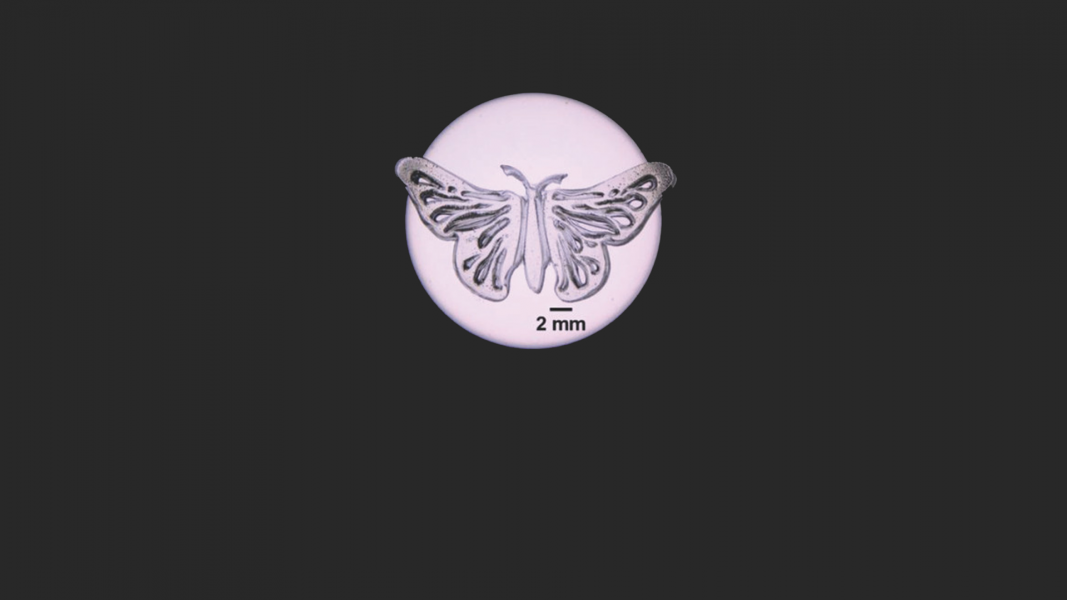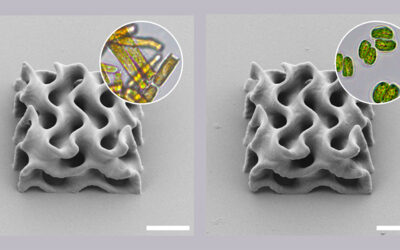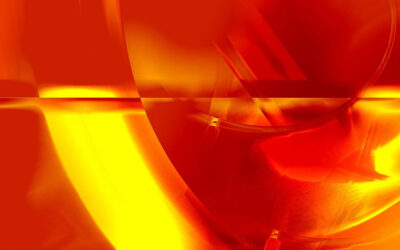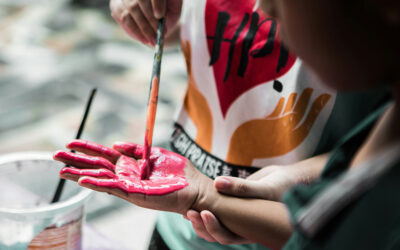3D printing is fast becoming a standard method to manufacture objects. Multimaterial structures inspired by hierarchical materials in nature—like wood, nacre, and abalone shells—possess desirable mechanical properties not attainable by using a single material, such as crack resistance and impact toughness. However, a major challenge lies in the development of suitable resins that allow for rapid and continuous printing of multimaterial objects.
In a communication in Advanced Materials, Prof. Craig J. Hawker from the University of California Santa Barbara and his colleagues introduce Solution Mask Liquid Lithography (SMaLL), a new approach for rapidly printing 3D objects with spatially resolved mechanical and chemical properties.
The approach involves using resins that undergo multiple independent crosslinking/photoswitching reactions upon irradiation with different wavelengths of visible light.
The initially tested resin was composed of N,N-dimethyl acrylamide (DMA) as the monomer, 1,4-butanediol diacrylate (BDA) as the crosslinker, a xanthene derivative as the photosensitizer, and a diarylethene photoswitch, 1,2-bis(2-methyl-1-benzothiophen-3-yl) perfluorocyclopentene (DAE530), as the mask. By changing the monomer/crosslinker pair, irradiation wavelength, and crosslinking chemistry (from radical to cationic), substantially different mechanical properties were realized.
SMaLL resins could also be used in conjunction with a moving stage to give more complex 3D objects. A butterfly-shaped object having stiff wings and body, and soft, flexible joints was fabricated in one step in only 10 minutes. Similarly, brick-and-mortar structures featuring hard bricks in a soft matrix, which “lock” against each other under tension, resulted in novel synergistic interactions.

Optical microscopy image of a printed butterfly.

















